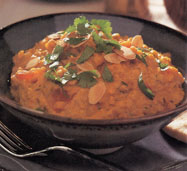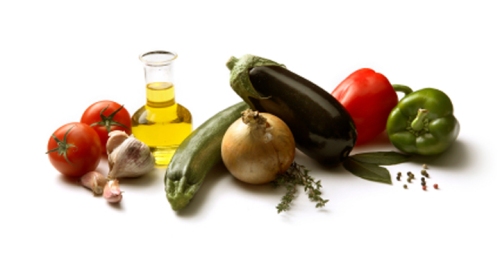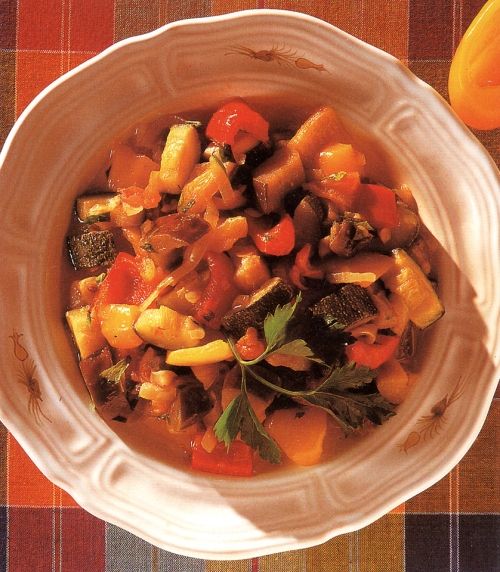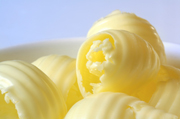 Someone asked me for this recipe recently so I thought I’d post it here.
Someone asked me for this recipe recently so I thought I’d post it here.
Tried and trusted, it gives the most delicious result, making for a light but nutritious vegetarian meal, rich and full of flavour (although mild, rather than mind-blowingly hot).
Serve it with some warm naan bread and maybe some cool, refreshing natural yoghurt.
Tomato and Lentil Dahl with Toasted Almonds
Serves 4
Ingredients
*As usual, my suggested substitutes for the ingredients have been included and have worked well when the original are unavailable (or you can’t be bothered with peeling and de-seeding tomatoes!).
30ml / 2 tbsp vegetable oil
1 large onion, finely chopped
3 garlic cloves, chopped
1 carrot, diced
10ml / 2 tsp yellow mustard seeds (*sub: same quantity of grainy mustard)
2.5 cm / 1 inch piece root ginger, grated
10 ml / 2 tsp ground turmeric
5 ml / 1 tsp mild chilli powder
5 ml / 1 tsp garam masala
225g / 8 oz / 1 cup split red lentils
400 ml / 14 fl oz / 1-2/3 cups water
400 ml / 14 fl oz / 1-2/3 coconut milk
5 tomatoes, peeled, seeded and chopped (*sub: 400g tin chopped tomatoes, drained)
Juice of 2 limes
60 ml / 4 tbsp chopped fresh coriander
Salt and freshly ground black pepper
25g / 1 oz / 1/4 cup flaked almonds, toasted, to serve
………………………………………………………………………………………
Method
Heat the oil in a large heavy-based saucepan. Sauté the onion for 5 minutes until softened, stirring occasionally. Add the garlic, carrot, cumin, mustard seeds and ginger. Cook for 5 minutes until the seeds begin to pop and the carrot softens slightly.
Stir in the ground turmeric, chilli powder and garam masala, and cook for 1 minute or until the flavours begin to mingle, stirring to prevent the spices burning.
Add the lentils, water, coconut milk and tomatoes and season well. Bring to the boil, then reduce the heat and simmer, covered for about 45 minutes, stirring occasionally to prevent the lentils sticking.
Stir in the lime juice and 45 ml / 3 tbsp of the fresh coriander, then check the seasoning. Cook for a further 15 minutes until the lentils soften and become tender.
To serve: Sprinkle with the remaining coriander and the flaked almonds.
………………………………………………………………………………………
From: ‘Vegetarian’ The Greatest Ever Vegetarian Cookbook, publisher LORENZ BOOKS, ISBN 0 7548 0090 3
Nutrition notes:
Spices have long been recognised for their medicinal qualities, from curing flatulence (useful when added to a pulse dish) to warding off colds and flu.
Lentils are a useful source of low-fat protein. They contain good amounts of B vitamins and provide a rich source of zinc and iron.
You need to eat food rich in vitamin C at the same meal to improve absorption of iron. Limes are a good source, but you could also serve a fresh fruit dessert containing apples, kiwi fruit and oranges.



 In late Summer/early Autumn shops here are full of peppers, herbs, onions, tomatoes, aubergines (eggplants) and courgettes (zucchini). They’re just crying out to be put together for a lovely fresh bowl of Ratatouille. This would make a lovely light meal on its own, maybe with some crusty French bread on the side to mop up the juices. If you’re vegetarian and want to add some extra protein then I have occasionally added a tin of ready cooked white haricot or borlotti beans in the last 10 minutes, just to heat through. Alternatively take the original Ratatouille mix and put it in a shallow, oven proof dish. Sprinkle with cheese and flash under a hot grill until the cheese starts to brown (very satisfying on a chilly evening). This dish is absolutely bursting with Mediterranean flavour and goodness – olive oil, brightly coloured veg and garlic – just what the doctor ordered.
In late Summer/early Autumn shops here are full of peppers, herbs, onions, tomatoes, aubergines (eggplants) and courgettes (zucchini). They’re just crying out to be put together for a lovely fresh bowl of Ratatouille. This would make a lovely light meal on its own, maybe with some crusty French bread on the side to mop up the juices. If you’re vegetarian and want to add some extra protein then I have occasionally added a tin of ready cooked white haricot or borlotti beans in the last 10 minutes, just to heat through. Alternatively take the original Ratatouille mix and put it in a shallow, oven proof dish. Sprinkle with cheese and flash under a hot grill until the cheese starts to brown (very satisfying on a chilly evening). This dish is absolutely bursting with Mediterranean flavour and goodness – olive oil, brightly coloured veg and garlic – just what the doctor ordered.

 Someone asked me for this recipe recently so I thought I’d post it here.
Someone asked me for this recipe recently so I thought I’d post it here. I don’t think anything compares to the taste of real butter in cooking. Butter-based spreads have come into existence to try to provide healthier alternatives but they are not always ideal for cooking. Here is a quick low-down on the basic versions of butter available, plus a few facts and hints:
I don’t think anything compares to the taste of real butter in cooking. Butter-based spreads have come into existence to try to provide healthier alternatives but they are not always ideal for cooking. Here is a quick low-down on the basic versions of butter available, plus a few facts and hints: Photographers understand that the light cast at differing times of day greatly alters the way colours look. Artists know that the best, consistent, light to paint by is that cast from a north facing window. Equally, crafters realise that in order to see ‘true’ colours they need to work by the light of a north facing window or to purchase special ‘blue light’ crafters’ bulbs.
Photographers understand that the light cast at differing times of day greatly alters the way colours look. Artists know that the best, consistent, light to paint by is that cast from a north facing window. Equally, crafters realise that in order to see ‘true’ colours they need to work by the light of a north facing window or to purchase special ‘blue light’ crafters’ bulbs. 








